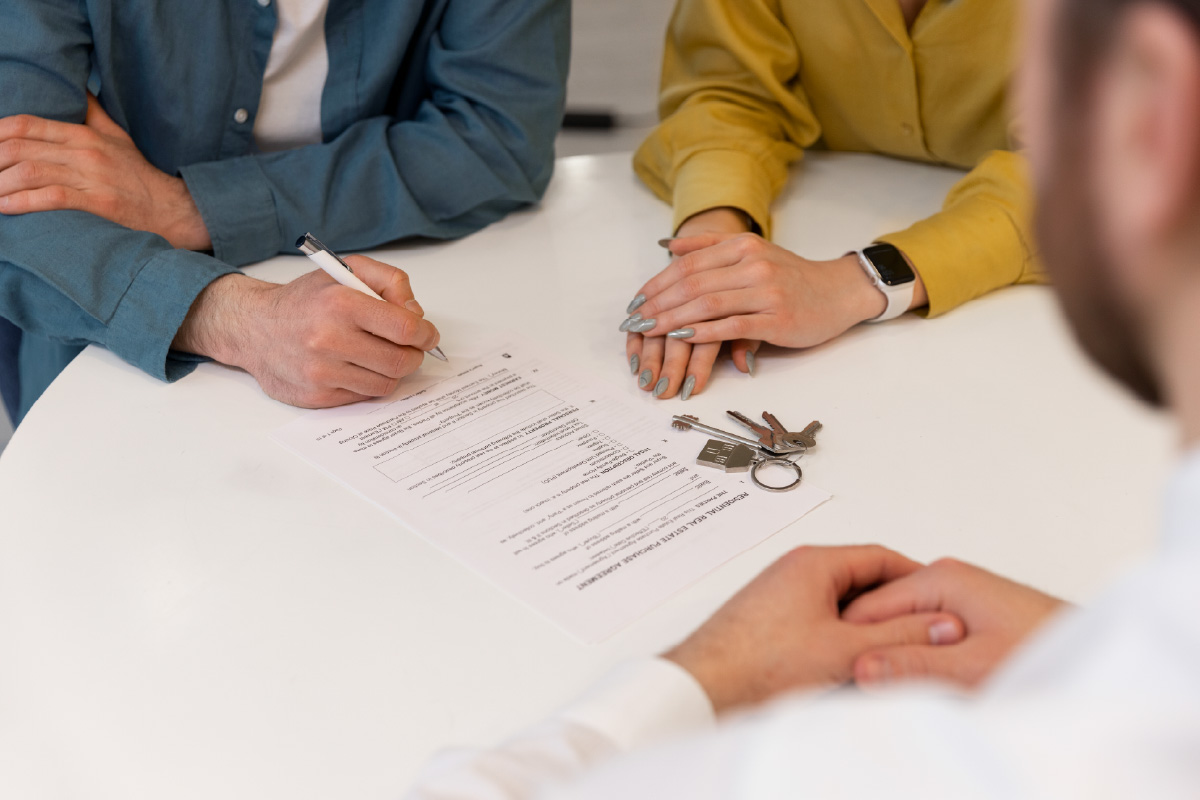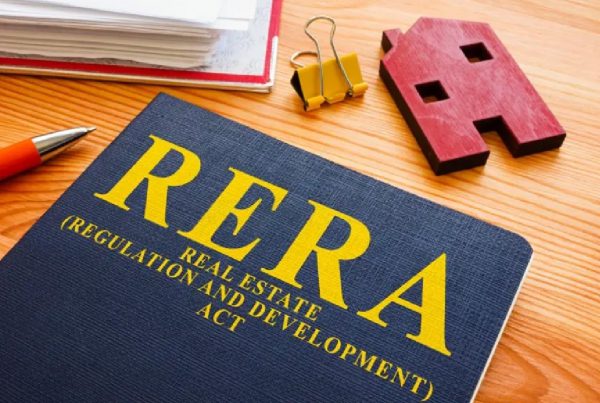Deciding if you should go for an under-construction house or a ready-to-move-in flat depends on your personal needs. But with delays in construction projects becoming common, many buyers now prefer ready-to-move-in home options. One of the main benefits of a ready-to-move-in flat is that you get what’s promised when you see it.
It also gives peace of mind while cutting down on rental costs. Still, it’s important to verify all the legal details and go through the sale deed before sealing the deal. You must confirm ownership and check if the property complies with RERA regulations.
Taking these steps will help you finalize the deal with more assurance. In this guide, we’ll discuss the key details you need to check to make your purchase secure and hassle-free.
What is a Sale Deed?
A sale deed completes the process of buying property by giving ownership from the seller to the buyer. Signing it means the property becomes yours and seals the deal. However, before signing, you need to check important details. These include RERA rules, any unpaid dues, the property’s state, and more.
Things to Check Before Signing a Sale Deed for a Ready-to-Move-In Home
1. Confirm Ownership and Title
Before buying a property, make sure the seller is allowed to sell it. If ownership isn’t clear, you might face long legal issues or lose your money. Under the Transfer of Property Act, 1882, the legal owner can transfer property rights to someone else.
To stay safe, visit the sub-registrar’s office to search for the title or work with a lawyer. Check if the possession date matches what’s written in the sale deed. Also, verify that the property isn’t tied up in legal disagreements or claims from others.
2. Verify Encumbrances
Before you buy a property, you need to check if there are any issues like unpaid loans, mortgages, or legal disputes. These problems can mess with your ownership rights. The seller, as per the Transfer of Property Act, 1882, must reveal any such issues upfront. If the seller hides these, it might cause legal trouble or even cancel the deal.
To protect your money, you should get an encumbrance certificate from the Sub-registrar’s office. This will show if the property has any financial obligations attached to it. You also need to make sure that the seller has paid for everything they owe and that they get a “No Dues” certificate from their lenders.
3. Make Sure the Property Follows RERA Rules
Checking RERA compliance matters a lot when buying property because it protects you and ensures everything stays clear. RERA-registered properties get done on time and live up to quality expectations. Properties without RERA registration might face delays or end up being poorly constructed.
To avoid issues, make sure the builder has listed the project under RERA and included the registration number in the sale deed agreement. You should also confirm if the builder followed all RERA guidelines about finishing and handing over the project.
4. Look at the Building Plan
You need to examine the approved building plan before buying a property to make sure it follows local rules. The municipal authorities approve this plan, and it shows the design and where utilities are located. If the building does not match the approved plan, it might cause fines or even be torn down. To stay safe from these problems, check if the building was constructed as per the approved plan and if it has all the required permissions.
5. Check Payment Terms and any Pending Dues
You need a clear understanding of the payment terms to avoid confusion that can cause financial disputes or delay property possession. Laws like the Transfer of Property Act, 1882, and RERA require payment terms to be clear and agreed upon by both parties.
Look at the payment schedule written in the sale deed or the builder-buyer agreement. Check with the seller to confirm all payments made, and make sure the last payment gets documented in the sale deed to prevent problems later.
6. Check the Condition of the Property
Inspect the property before completing the purchase. Make sure it’s in the condition that was agreed upon. Ignoring small problems now could result in expensive fixes in the future. According to the Consumer Protection Act, 2019, and RERA rules, sellers must deliver the property as promised with no hidden issues.
Look for visible damages. Confirm that utilities like gas, electricity, and water are working. Also, check if all agreed fittings and fixtures are present and functioning.
7. Learn About Stamp Duty and Registration
Paying the right stamp duty matters because skipping it can make the sale deed invalid. According to the Indian Stamp Act of 1899, stamp duty needs to be paid on the sale deed. The Registration Act of 1908 says it must also be registered with the local sub-registrar for it to be held up legally.
If the deed is not stamped correctly or isn’t registered, you cannot use it as proof in court. To avoid trouble later, check what stamp duty rates apply, make sure both sides sign the deed with two witnesses watching, and get it registered at the sub-registrar’s office without delay.
Sale Deed Process
It starts with collecting all required information about the property and the two parties involved. A lawyer prepares the document to ensure it follows the rules specific to the state. The process begins by creating a sales agreement, which outlines the initial conditions of the deal.
After everyone agrees to the terms, they prepare the sale deed, including all the important details. They check the document to confirm everything is accurate and sound. Once finalized, both sides sign it in front of witnesses. This step is crucial to register it later at the sub-registrar’s office.
Documents Required for Sale Deed
1. Completion and Occupancy Certificates
Before buying property, make sure to check if it has a completion certificate and an occupancy certificate. The municipality provides the completion certificate to show the construction is complete. The local authority gives the occupancy certificate to prove the structure meets the rules and is safe to live in. These papers confirm the building is legal and ready to be lived in.
2. Mutation Certificate
The mutation certificate shows that the property ownership has been updated to the buyer’s name in government records. Checking this document can help you avoid ownership problems later. To stay on the safe side, you should ask a legal expert to go through the certificate, sale deed and any other related papers.
3. Encumbrance Certificate
To check if the property has any loans or mortgages, you should get an encumbrance certificate at the Sub-registrar’s Office. This certificate gives a full history of any legal or financial claims tied to the property. It helps the buyer avoid future problems or disagreements.
4. General Power of Attorney (GPA)
When buying property under a General Power of Attorney, confirm that an approved person completed the sale. Ask to see papers proving the GPA was valid and done. This will help confirm that the earlier purchase was legitimate.
5. No Objection Certificate (NOC)
Before you go ahead with the purchase, make sure NOCs are available from key departments like water, gas, and electricity boards. These documents show there are no unpaid bills, claims, or service-related legal problems connected to the property.
Conclusion
You can avoid the risks of buying ready-to-move-in flats by checking important documents. These include the Sale Deed, Mutation Certificate, No Objection Certificate, Building Plan, Encumbrance Certificate, and others mentioned earlier. These papers help confirm the building’s safety and strength. It is essential to review them and get them verified with the help of legal authorities.








